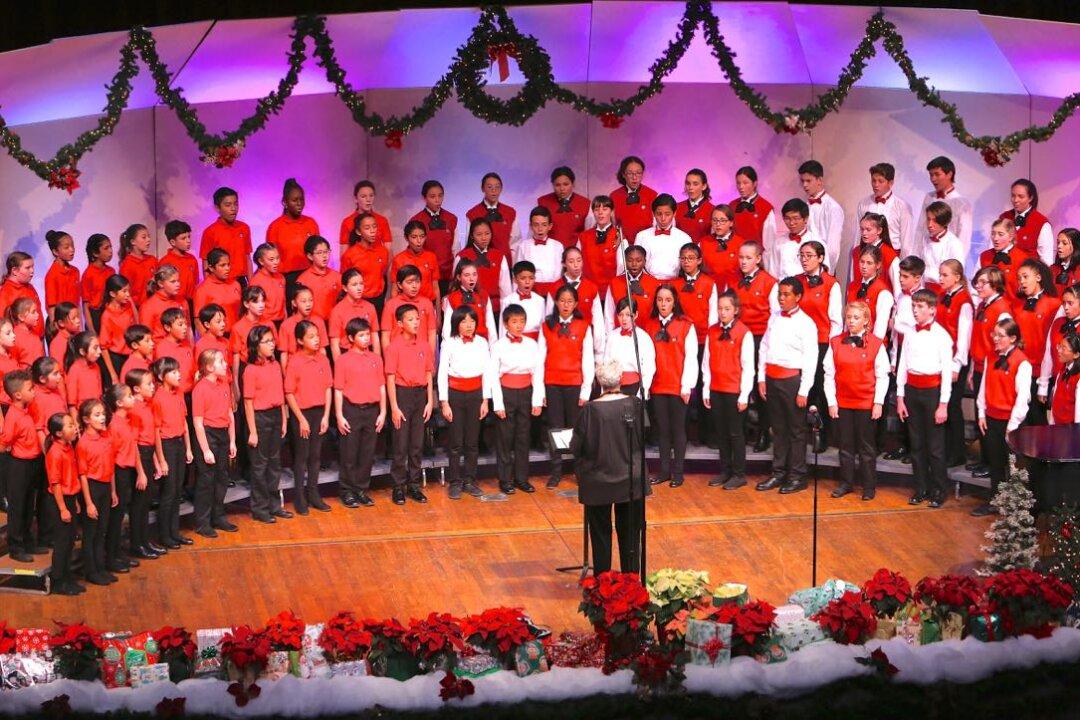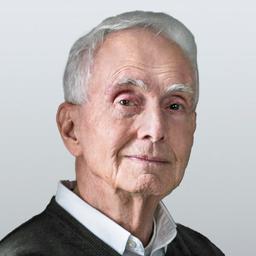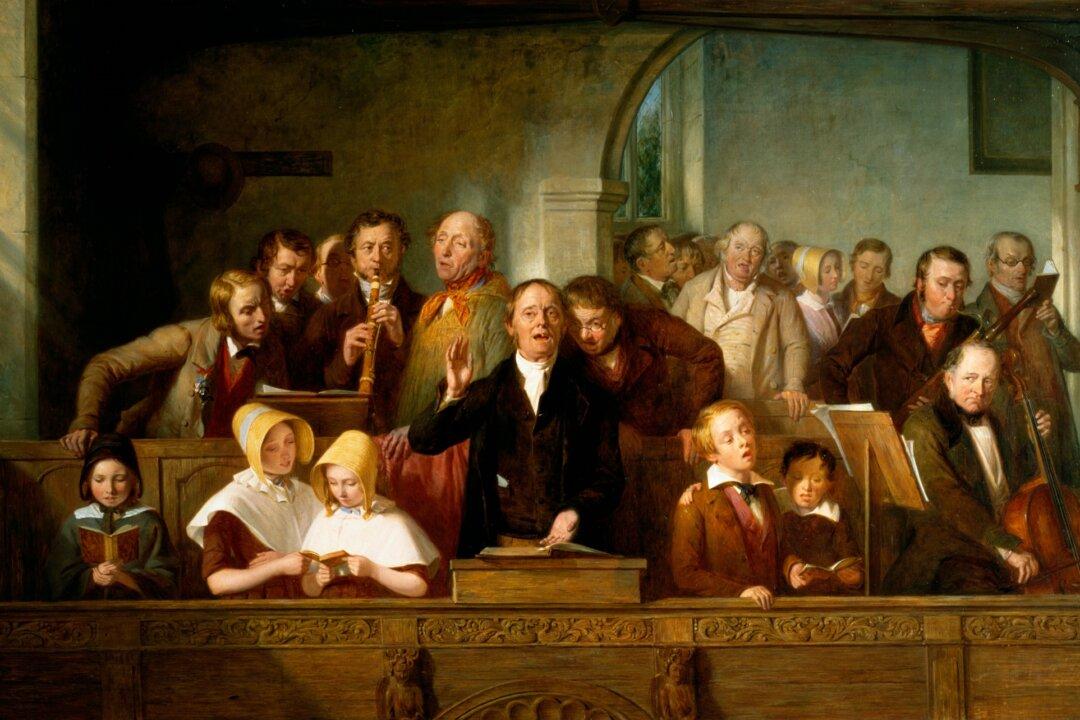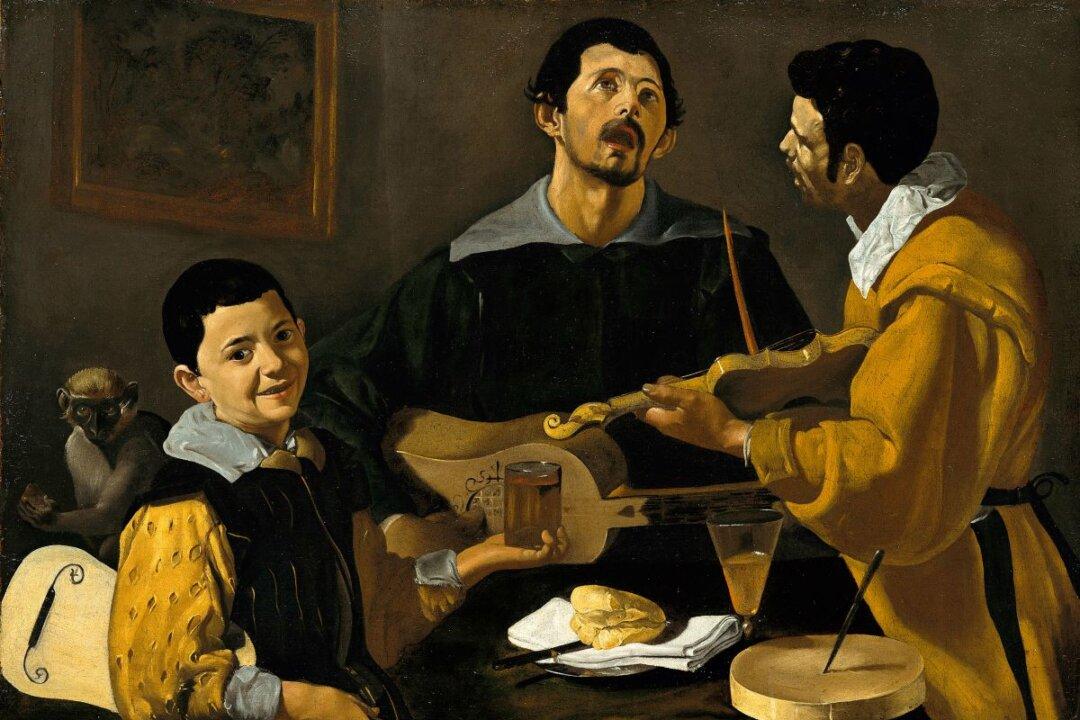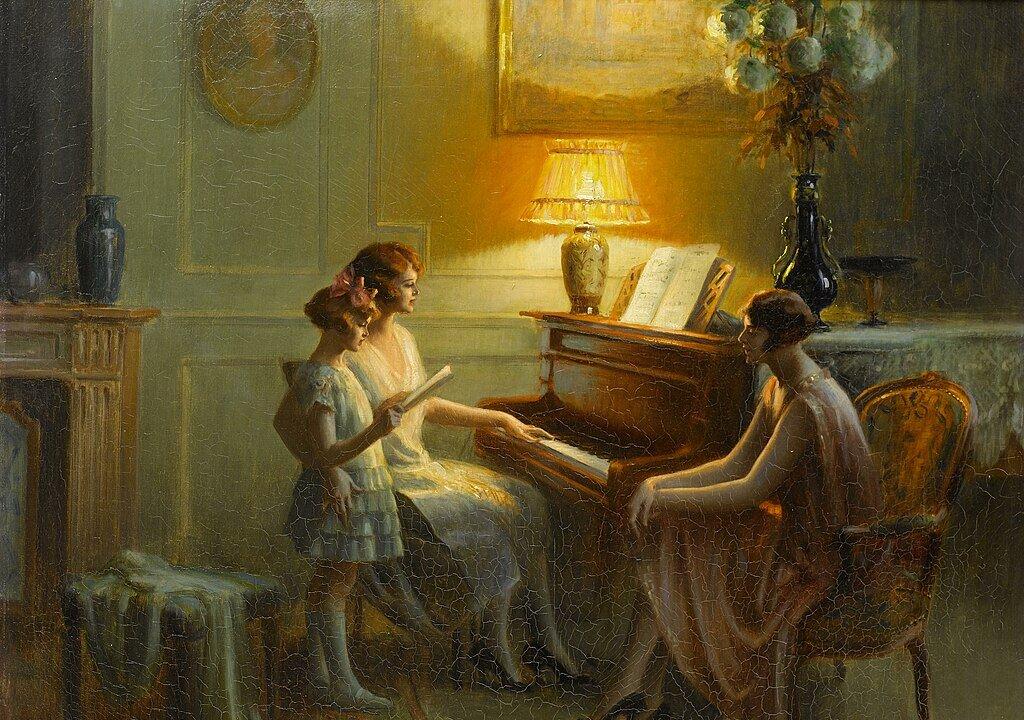Anthropologists and linguists argue about whether people sang before they spoke, or spoke before they sang. We will probably never know, nor do we need to. We are certain, however, that the alliance between words and music, and its profound effect on the human heart, is proven every day in countless homes, schools, churches, and concert halls.
Singing isn’t just an ornament of a refined civilization. It isn’t tinsel on the Christmas tree, but an element of the tree itself. Martin Luther said that he wouldn’t hire a schoolmaster who couldn’t sing. Classes in his school began with a song, not to entertain the children, but to unify them in communal celebration of humankind’s highest ideals.

